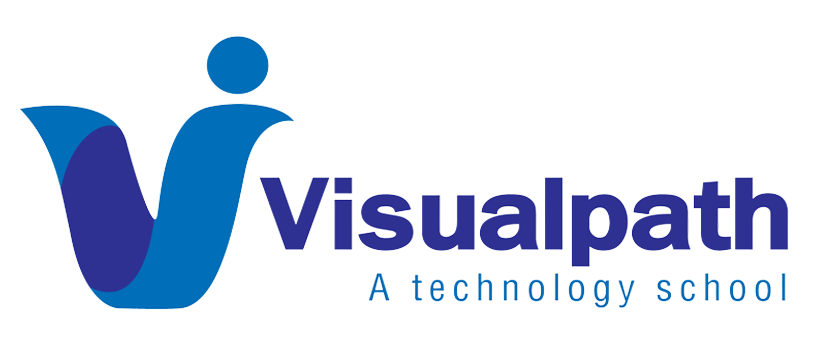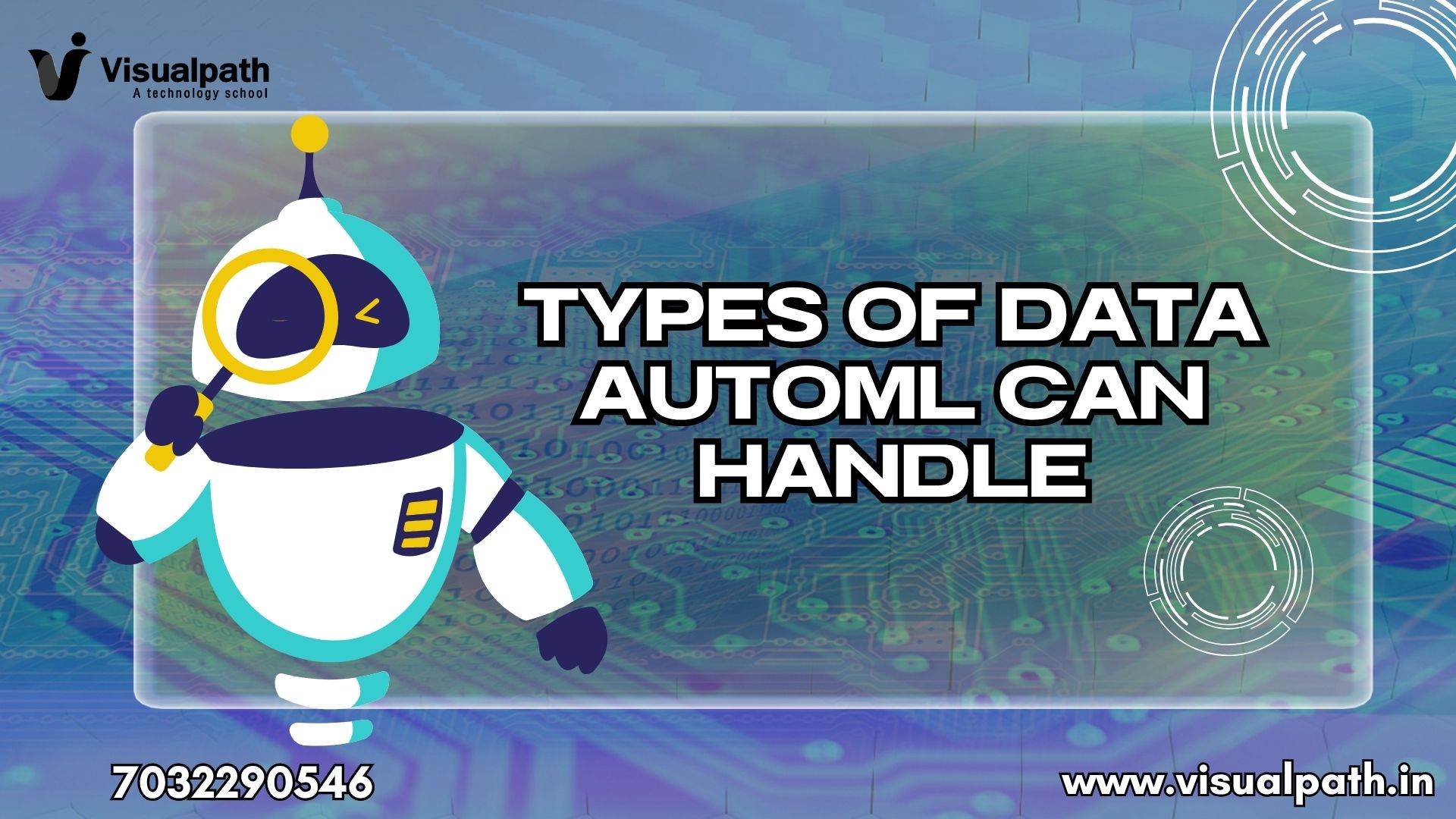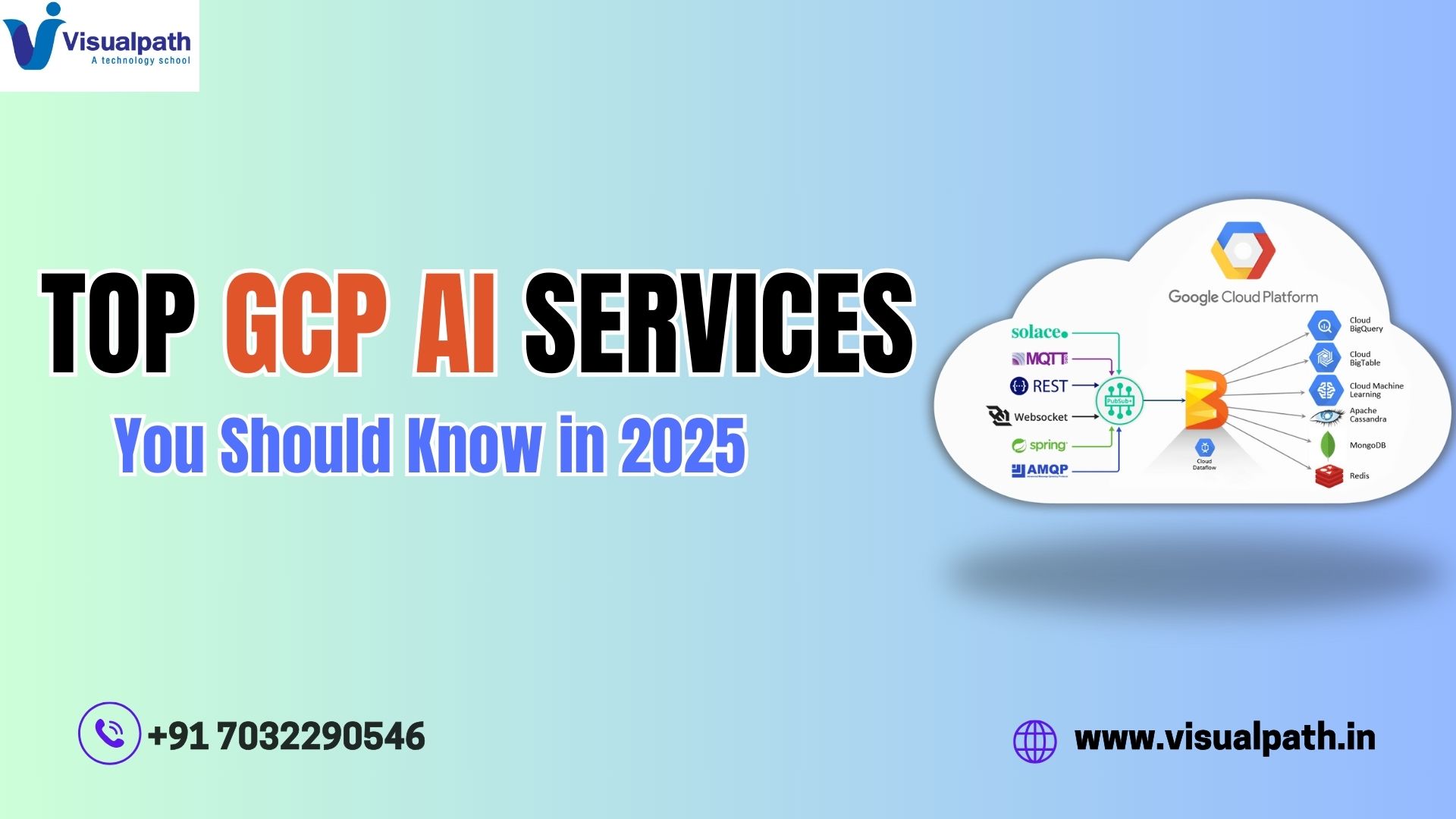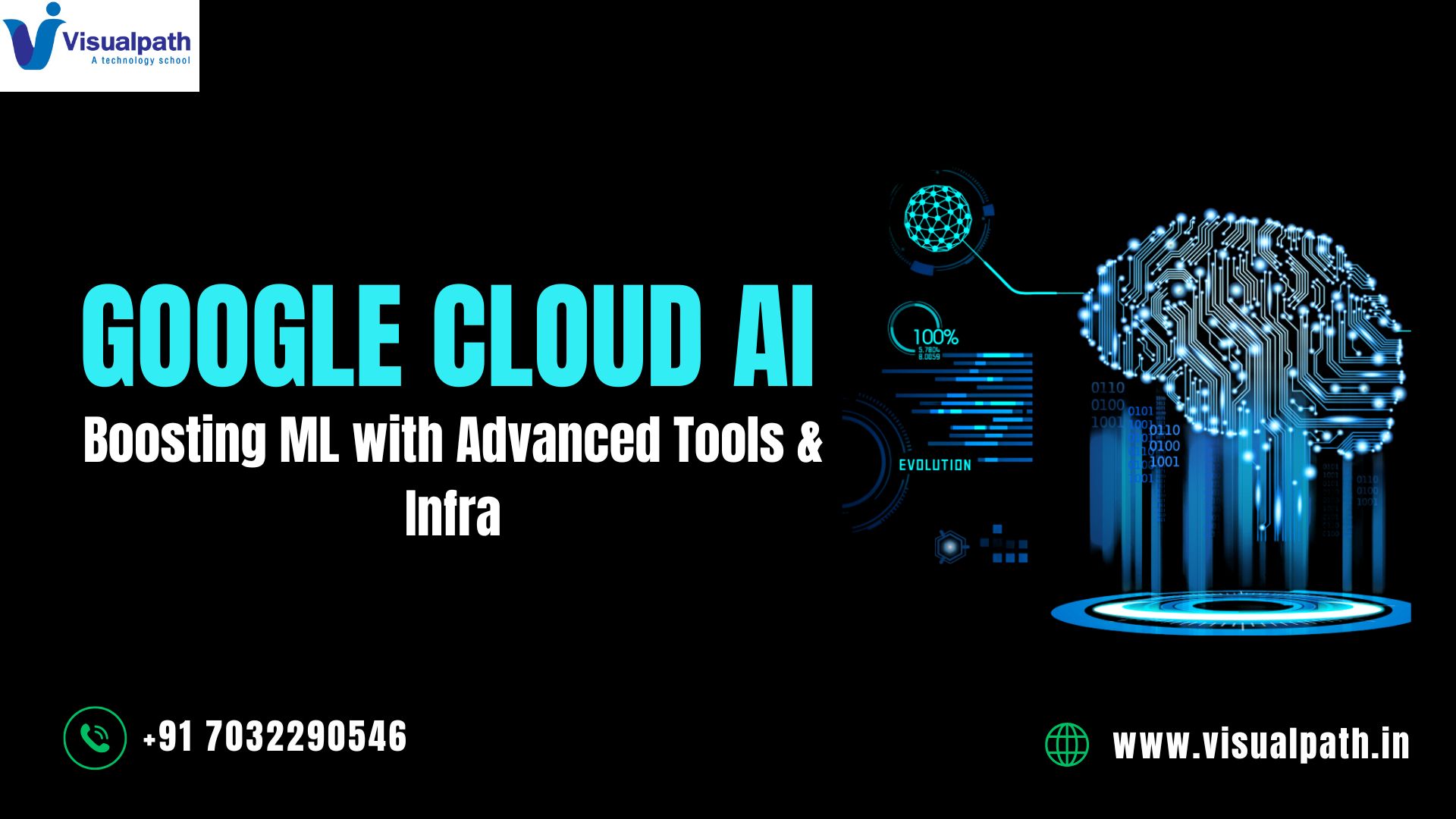AutoML, or Automated Machine Learning, has rapidly transformed the data science landscape by simplifying the process of building, training, and deploying machine learning models. It allows both technical and non-technical users to create powerful predictive models without requiring in-depth knowledge of data science. One of the strengths of AutoML platforms lies in their flexibility in handling various types of data. From structured numerical data to complex images and natural language text, modern AutoML tools are capable of managing and learning from diverse data sources. This article explores the key types of data AutoML can effectively handle.
1. machine learning Structured Data
Structured data is one of the most common types used in machine learning projects, and AutoML platforms are particularly strong in managing it. This data is highly organized and typically resides in tabular formats such as Excel spreadsheets, SQL databases, or CSV files. Each row represents an observation, and columns represent features (variables). Google Cloud AI Course Online
Examples of structured data include:
- Sales records (product, price, date, quantity)
- Customer profiles (age, gender, income, location)
- Financial transactions (transaction ID, time, amount, category)
AutoML can easily preprocess this type of data by handling missing values, encoding categorical variables, performing feature selection, and applying relevant models such as classification or regression.
2. machine learning Unstructured Text Data
Text data is inherently unstructured and requires natural language processing (NLP) techniques to convert it into a usable format for machine learning. AutoML platforms with built-in NLP capabilities can handle a range of tasks, including sentiment analysis, text classification, and named entity recognition.
Text data examples include:
- Customer reviews
- Social media posts
- Emails and support tickets
- News articles
Modern AutoML solutions apply preprocessing steps such as tokenization, stemming, stop-word removal, and vectorization (e.g., TF-IDF, word embed dings) to convert text into numerical features before model training.
3. machine learning Image Data
Computer vision tasks have seen major advancements through AutoML, enabling non-experts to build image recognition models with minimal effort. AutoML tools can handle image classification, object detection, and even image segmentation tasks. GCP AI Online Training
Image data examples include:
- Medical images (X-rays, MRI scans)
- Product images in e-commerce
- Satellite and drone images
- Security and surveillance footage
AutoML processes images by resizing, normalizing, and transforming them into pixel matrices. Pretrained models (such as those using transfer learning) are often utilized to improve efficiency and accuracy.
4. Time-Series Data
Time-series data represents observations captured over time at regular intervals. It introduces challenges such as trend detection, seasonality, and autocorrelation. AutoML platforms now support time-series forecasting by identifying temporal patterns and applying models like ARIMA, Prophet, or recurrent neural networks (RNNs).
Examples of time-series data:
- Stock prices
- Weather data
- Sensor data from IoT devices
- Website traffic logs
AutoML tools typically provide features such as time-based cross-validation, lag feature creation, and automatic handling of missing time points.
5. Categorical and Mixed Data
Many real-world datasets contain a mix of categorical and numerical variables. AutoML tools are equipped to process mixed data types by applying appropriate encoding techniques such as one-hot encoding or ordinal encoding for categorical variables. Google Cloud AI Online Training
Examples include:
- Surveys with multiple-choice answers and numerical scores
- E-commerce datasets with product categories, user ratings, and prices
- Health records with patient demographics and lab results
AutoML platforms automate feature engineering to transform categorical data into model-compatible formats and optimize model performance.
6. Relational and Multi-Table Data
Some AutoML tools are capable of handling relational data from multiple connected tables, typically found in normalized databases. This allows AutoML to create features across relationships by joining and aggregating data.
Use cases include:
- Customer and order data in e-commerce
- Hospital systems with patient, visit, and diagnosis tables
- Banking data with accounts, transactions, and customer profiles
These platforms reduce the manual burden of writing SQL joins and aggregations, automatically inferring relationships between tables.
7. Audio and Speech Data
While more specialized, some advanced AutoML platforms are also venturing into handling audio data for tasks like speech recognition, emotion detection, and sound classification. These systems convert raw audio signals into spectrograms or extract audio features such as MFCC (Mel Frequency Cepstral Coefficients). Google Cloud AI Training
Use cases include:
- Voice command recognition
- Podcast transcription
- Customer service call analysis
This type of AutoML capability is particularly useful in industries such as media, telecommunications, and healthcare.
Conclusion
AutoML has made machine learning accessible to a broader audience by simplifying the end-to-end model development process. Its versatility in handling different types of data—structured, unstructured, visual, auditory, and temporal—has significantly expanded its use cases across industries. As AutoML continues to evolve, its ability to interpret and learn from more complex and multimodal data types will only improve, enabling smarter, faster, and more inclusive AI applications.
Trending Courses: ServiceNow, Docker and Kubernetes, Site Reliability Engineering




